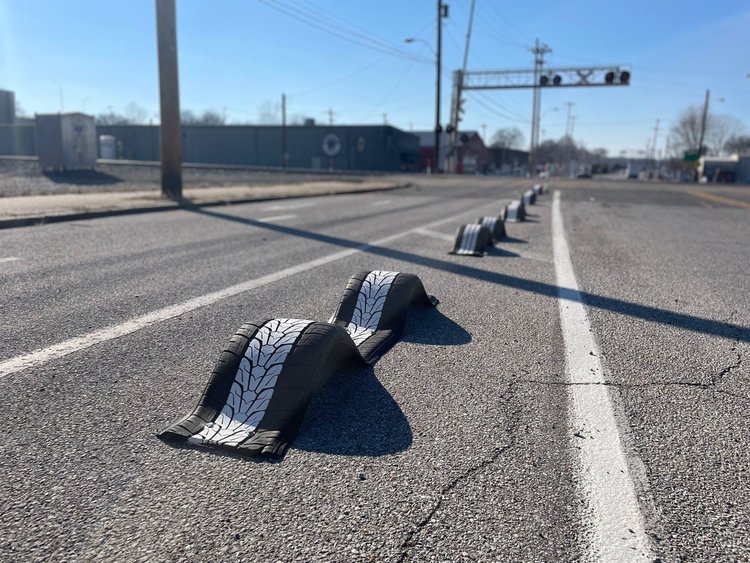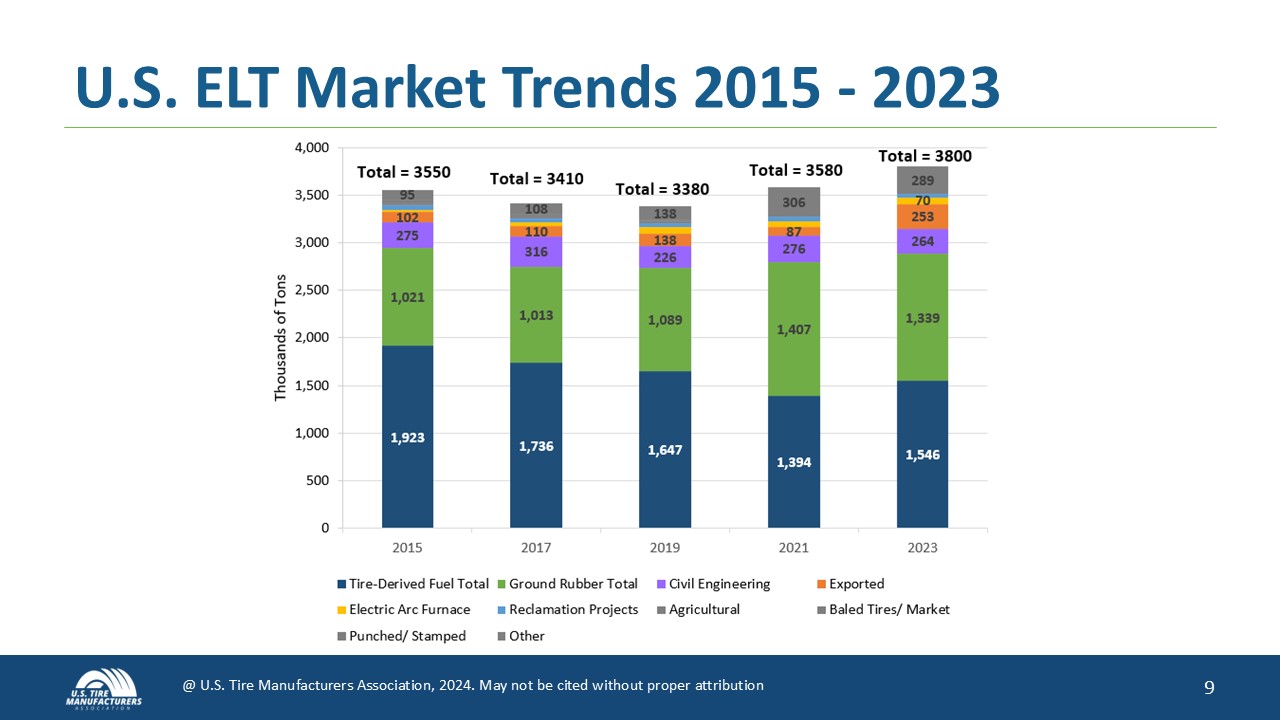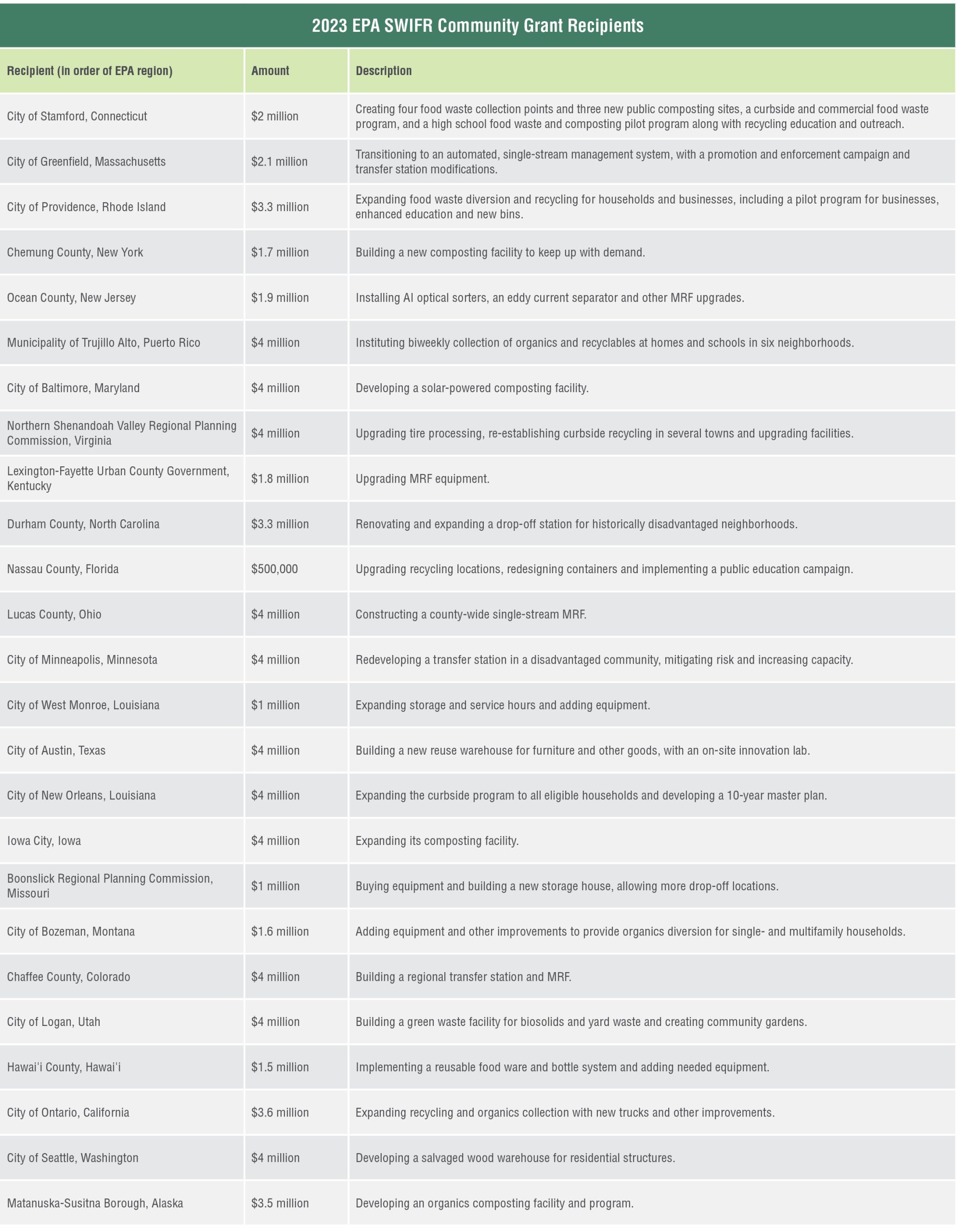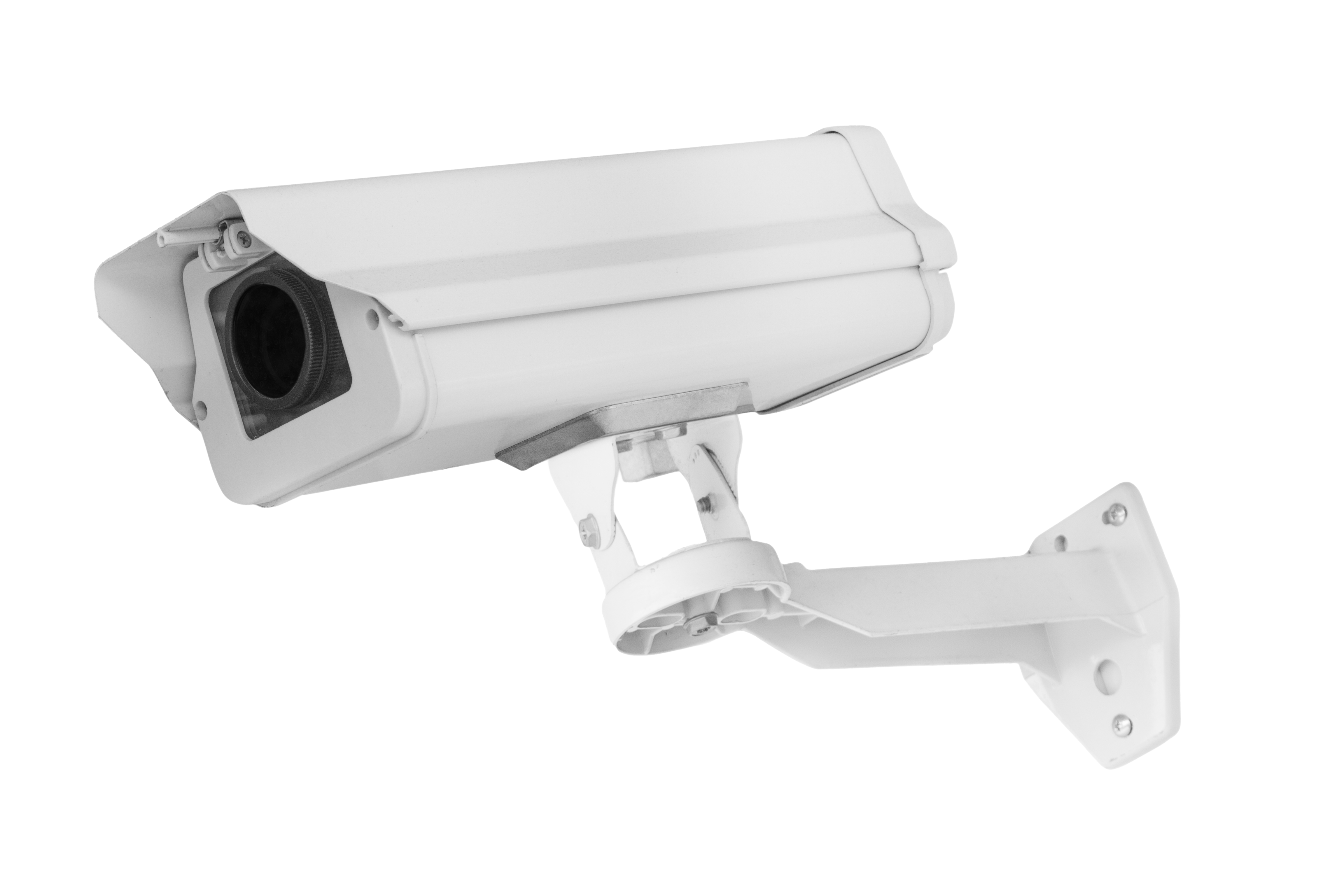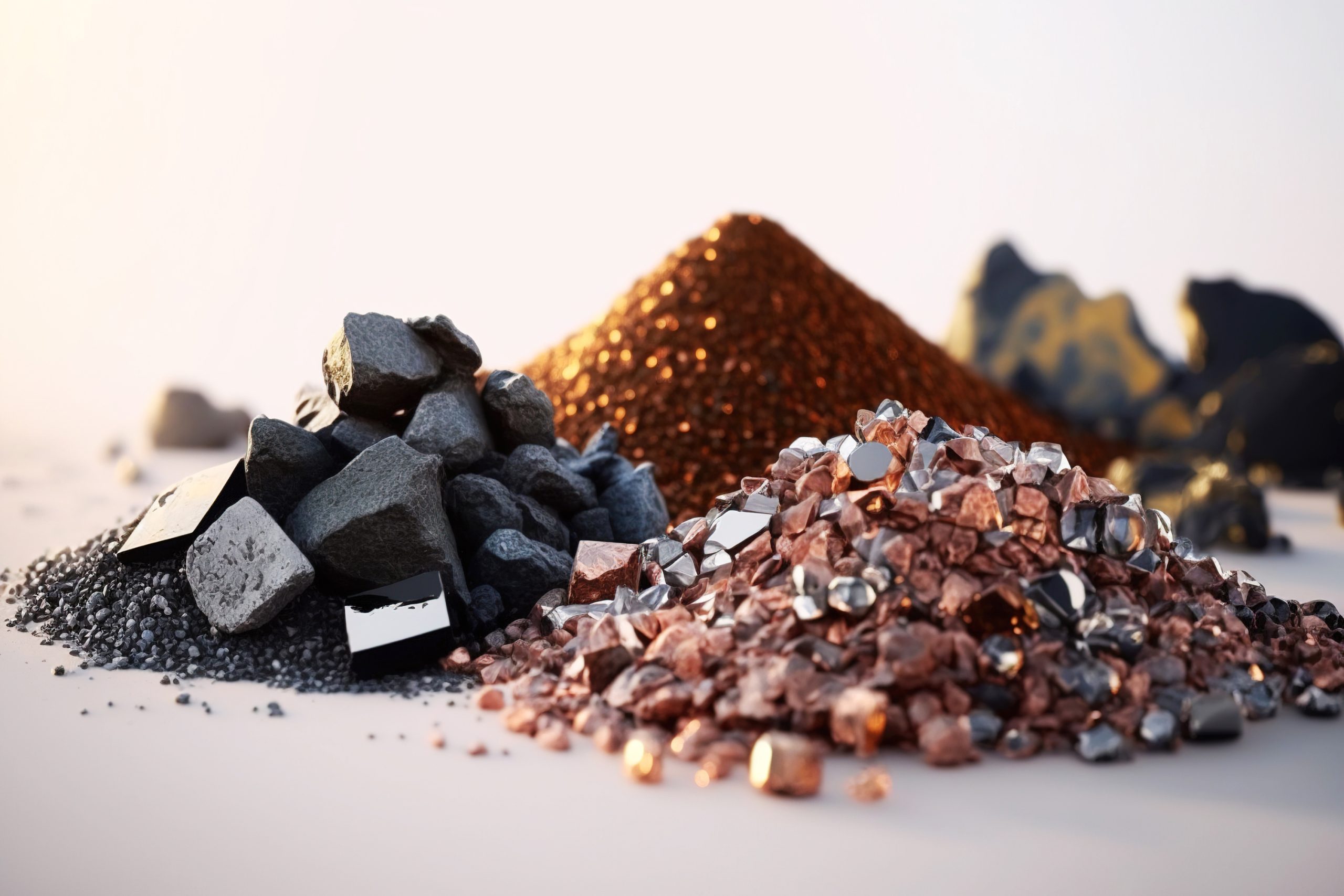
Courtesy of Park La Brea
This article appeared in the November 2024 issue of Resource Recycling. Subscribe today for access to all print content.
With higher population densities, space constraints and the constant arrival of new tenants, multifamily housing often presents one of the biggest chasms for residential recycling and composting programs to cross. Park La Brea, a 4,255-unit community in the Miracle Mile District of Los Angeles, has bridged the gap for 12,000 residents spread across 49 buildings thanks to continual outreach and collaboration, several officials said.
“We’re an 80-year-old property, but that doesn’t mean we have to operate like we’re 80 years old, and for me, this is very much a big environmental push,” said Aryn Thomez, vice president of property management for Prime Residential, which owns the complex. “We wanted to do right by the environment and also stay ahead of the legislative curve.”
Thomez noted the key to a successful composting program in a multifamily property — especially one as large as this — is a collaborative approach between management, the on-site team, the hauler, composter and others. In Park La Brea’s case, Valet Living collects the compost at residents’ doors six days a week, EcoSafe provides 2.5-gallon liners to residents, and final organics collection is done by Athens Services, which also collects recyclables and trash.
“Maintaining cohesive relationships between multiple departments and consistently engaging residents is crucial for an effective organics recycling program,” said Jennifer Duet, sales strategy manager for Athens. “If any one entity tries to do it on their own, it’s more likely to fail, so it’s better to have everyone on board.”
Bringing in the residents
Recycling had been available at the complex for more than a decade. But when the program began in 2022, residents unsurprisingly met it with something of a mixed response.
“Before we even launched it, we had a very comprehensive communication plan to put it out there to our residents and discuss the ‘why’ and the ‘how’ and not make it seem like we were forcing it down their throats,” Thomez said. “We spent a lot of time to show them how this benefits them and the value it creates.”
It took time for people to adapt, but with two years behind it, Park La Brea is seeing a much better adoption and engagement to the composting program. About half of residents are signed up for composting through the valet service; there’s also a green bin in the basement for those who don’t want to wait for pickup or aren’t signed up.
“Especially as new residents come in, you’re starting to see a demographic where this is very important to them,” Thomez said. “We are continuing to see good increases in adoption quarter over quarter.”
As of January 2022, all residents in California, including those living in apartment complexes, have been required to compost organic waste properly. Exactly a decade earlier, recycling was made mandatory. It’s up to the property owners to supply and allow access to an adequate number and size of containers with the correct labels or container colors for each. Park La Brea goes a step further with its services and also stands out for being the largest complex in California to compost.
In the beginning, Athens developed educational materials, including videos, signage and startup kits, to help both property managers and tenants understand what’s accepted in the composting bins and how best to succeed in the program.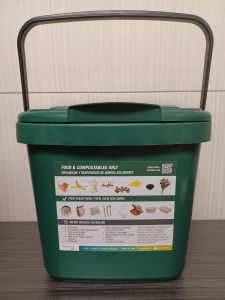
“Along with our signage and residential handouts, the Athens Multifamily Manual is designed for property managers as an easy-to-use guide, which includes a step-by-step checklist, communication templates, lease language and participation surveys, making it a comprehensive resource to support an effective program,” said Jessica Aldridge, director of sustainability and zero waste for Athens.
Originally, for recycling and composting for those living in the complex’s 18 13-story towers, things needed to be brought down to the basement. That’s why Valet Living and EcoSafe were brought in, to make it easier for residents to adhere to the composting plan.
“A lot of properties will make it an optional service if residents want it, but the way Athens did it was to give everyone the opportunity to do it just by stopping by to get a bin, or by going door to door to make sure people knew how it worked,” said Gary Bilbro, director of U.S. sales for EcoSafe. “They worked hard to ensure the highest level of participation possible.”
To make it as easy as possible for residents, Valet Living picks up six days a week, instructing people to leave their compost bags outside their doors each evening. The valet service also ensures the appropriate bags get to the bins and picks out obvious contaminants.
New bags are kept in the laundry room, so residents can simply restock whenever they need. There’s also a green bin in the basement for those who don’t want to wait for pickup.
“Park La Brea’s success stems from management’s proactive approach in equipping tenants with the necessary tools to fully engage in the program,” Duet said. “By providing kitchen-pail bag dispensers, valet service for the towers and routine organics barrel cleaning for the garden apartments, the company has made recycling and composting more convenient and accessible, creating a smoother and more enjoyable experience for everyone involved.”
Richard Risemberg, a Park La Brea resident for the past two years, moved in right after the Valet Living service began and said the composting program has been working well.
“They provide this service, it’s $35 a month, and pick up the general garbage and separate the recyclables, and then provide us a separate little can for the compost, and provide the compostable bags to line it with,” he said, adding he trusts the system. “I think the city keeps watch on things and so do think things are getting composted correctly when they take things down to the master bins.”
Risemberg is a part-time landscaping gardener and has used city-supplied compost and mulch on numerous products, so he knows stuff is getting back out the way it’s supposed to be.
“Once in a while, they do run out of the bags, but that’s the only issue I have encountered,” he said. “Overall, I believe this is working and it’s a very good thing for all.”
Other residents have not been as impressed and have complained to management, and even some of their local politicians, about the problems they see.
For instance, seven-year resident Michele Palermo, a writer and executive producer who wrote the composting episode for Martha Stewart Living about eight years ago, opted out of Park La Brea’s compost program because she believed it wasn’t working.
“I don’t feel like it was vetted properly, and it amounts to people leaving really stinky food outside their door in the evening when people are coming home from work, and I think it’s an invitation for vermin,” she said. “Plus, if you go around the complex in the morning, all of the trash seems to be piled together — trash, recycling and composting. It’s kind of a mockery, and it’s bothersome because it’s not doing anything for the environment.”
Others complain that when they go to empty their compost into the larger collection container themselves, often they are full of items that don’t belong. Resident Stephen Manning has been recycling for more than half his life, and though he was originally excited about the composting program, he’s abandoned it because he heard from a driver making the pickups that many times they end up putting the items removed in the regular landfill anyway because of this problem.
Both Prime Residential and Athens Services disputed this account, and other residents talked favorably about the program on the Park La Brea Facebook page. In a complex this large, there will always be people who aren’t following proper protocol.
“Residents are holding us accountable now, which is great; we want people to get involved and help us if they see something that doesn’t belong in the compost bin,” Thomez said. “Some people make this much more complicated than it needs to be. We just all need to hold each other accountable and we will get there.”
Law of the Land
With California’s SB 1383 now in effect with an aim to reduce organic waste disposal by 75% by next year, properties are required to provide tenants with clear, annual communication and easily accessible, clearly marked containers that show what’s acceptable for recycling and composting.
“Continuous education and outreach from both property management and Athens are critical to driving behavior change, increasing participation and reducing contamination, while also reducing confusion about what belongs in the organics container,” Aldridge said. “Regular reminders keep tenants informed and on track with proper recycling and composting practices.”
Park La Brea goes above and beyond the law, such as by holding an annual Earth Day event where they go over the particulars of the program and provide further tips for composting correctly.
Overall, the complex’s experience demonstrates it’s not just about a given property being “good” or “bad” at recycling and composting, those in the industry say — it often comes down to access to services, getting property managers on board and providing ongoing outreach and communication with tenants.
“Implementing food scraps collection at a multifamily complex may seem challenging, but with the right tools and strong partnerships, we can successfully divert household food waste from landfills and channel it toward more environmentally beneficial uses,” Aldridge said.
For those looking to install a similar program in a multifamily complex, Thomez noted it starts by just “cutting the cord” and going all-in.
“Your residents will follow suit; if they see it’s important to you, it will be important to them,” she said. “And if you share with your residents the ‘why,’ it makes it a much more palatable and easy conversation, and you will see adoption become easier.”
Keith Loria is a freelance writer and can be contacted at [email protected].


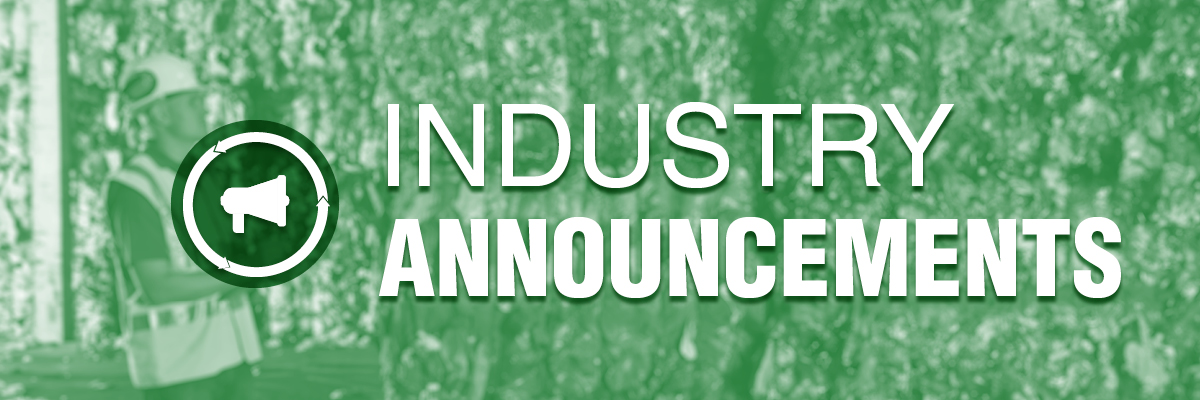
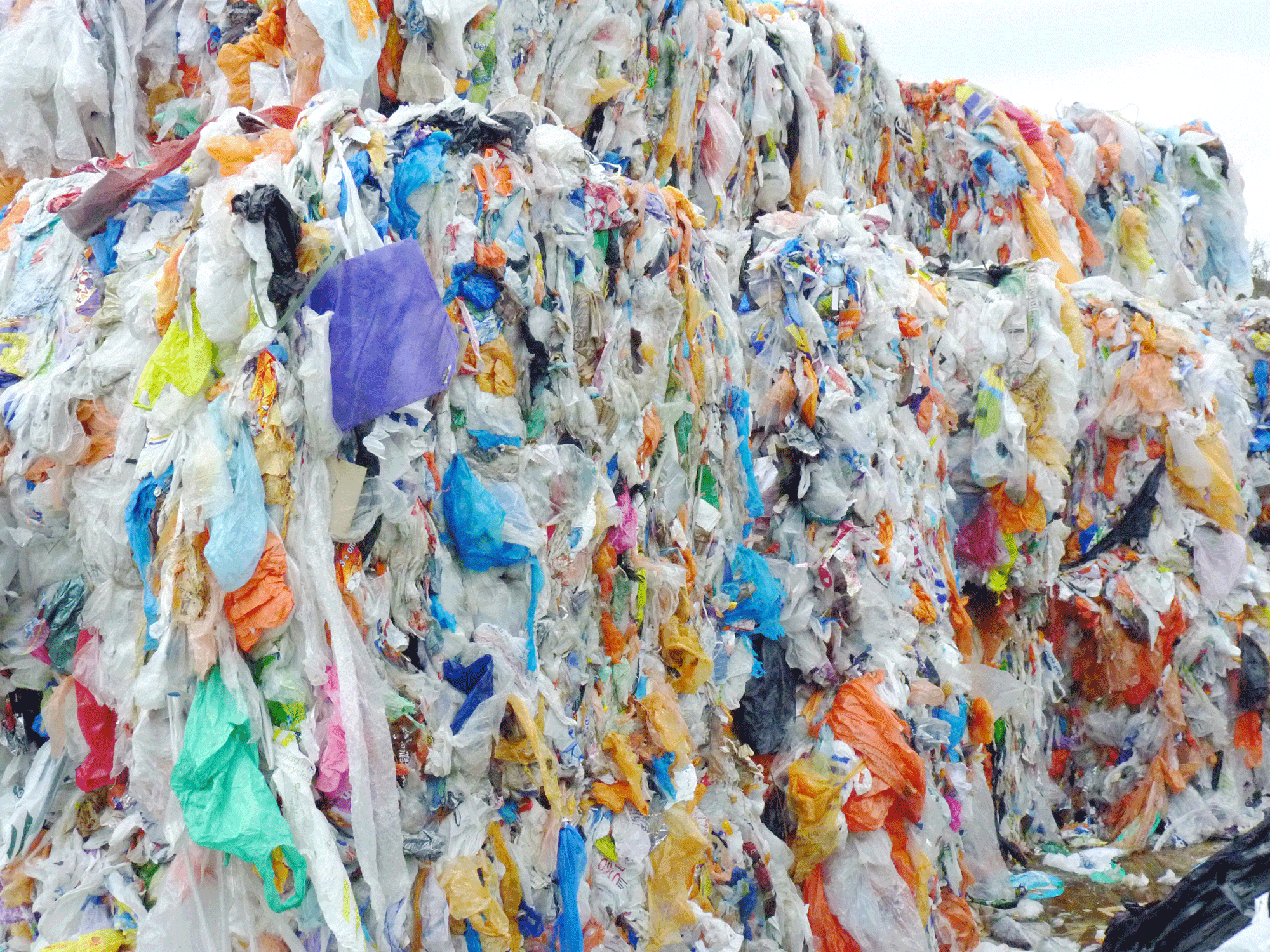
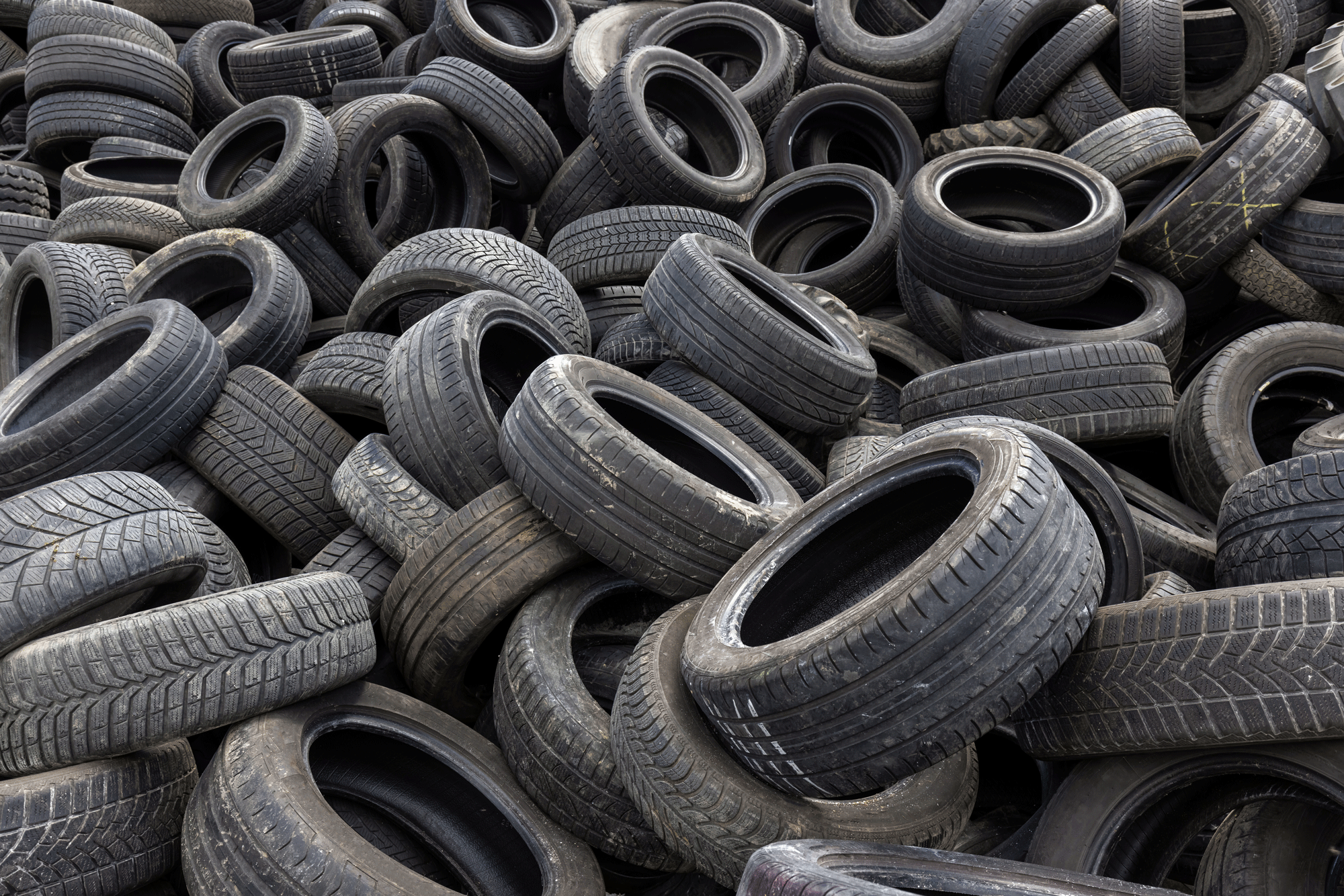
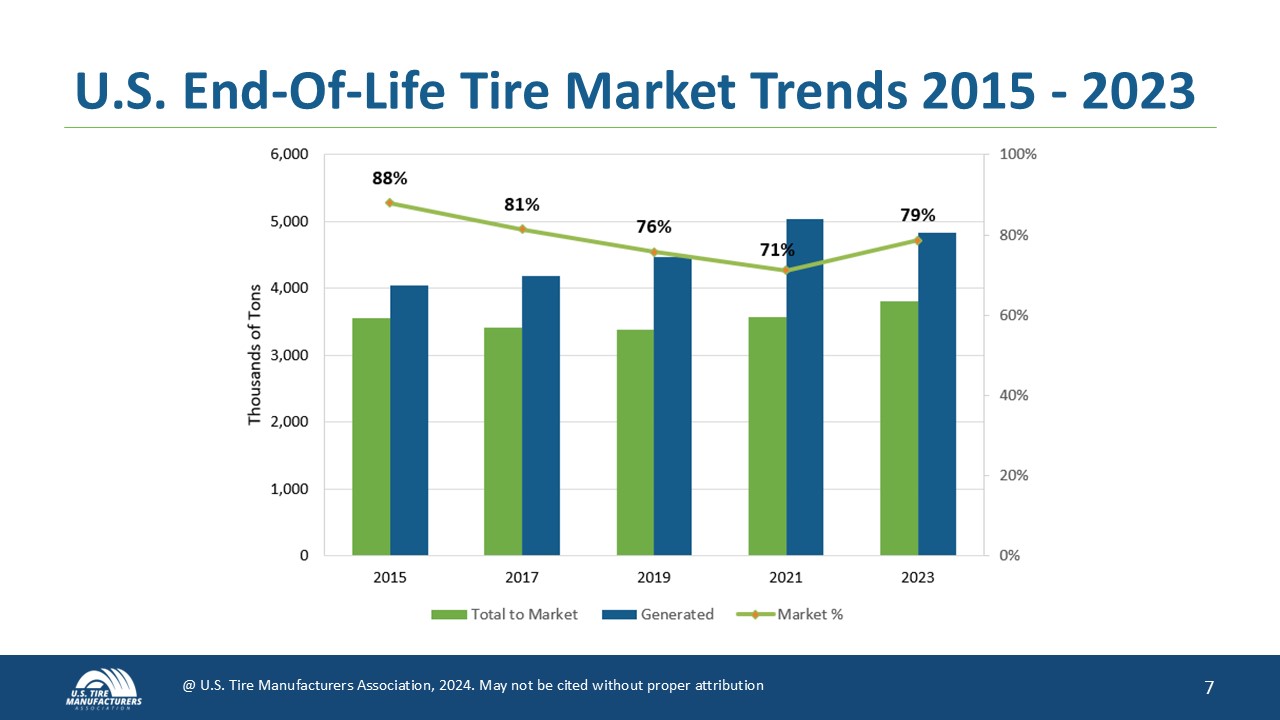 Street-level work
Street-level work